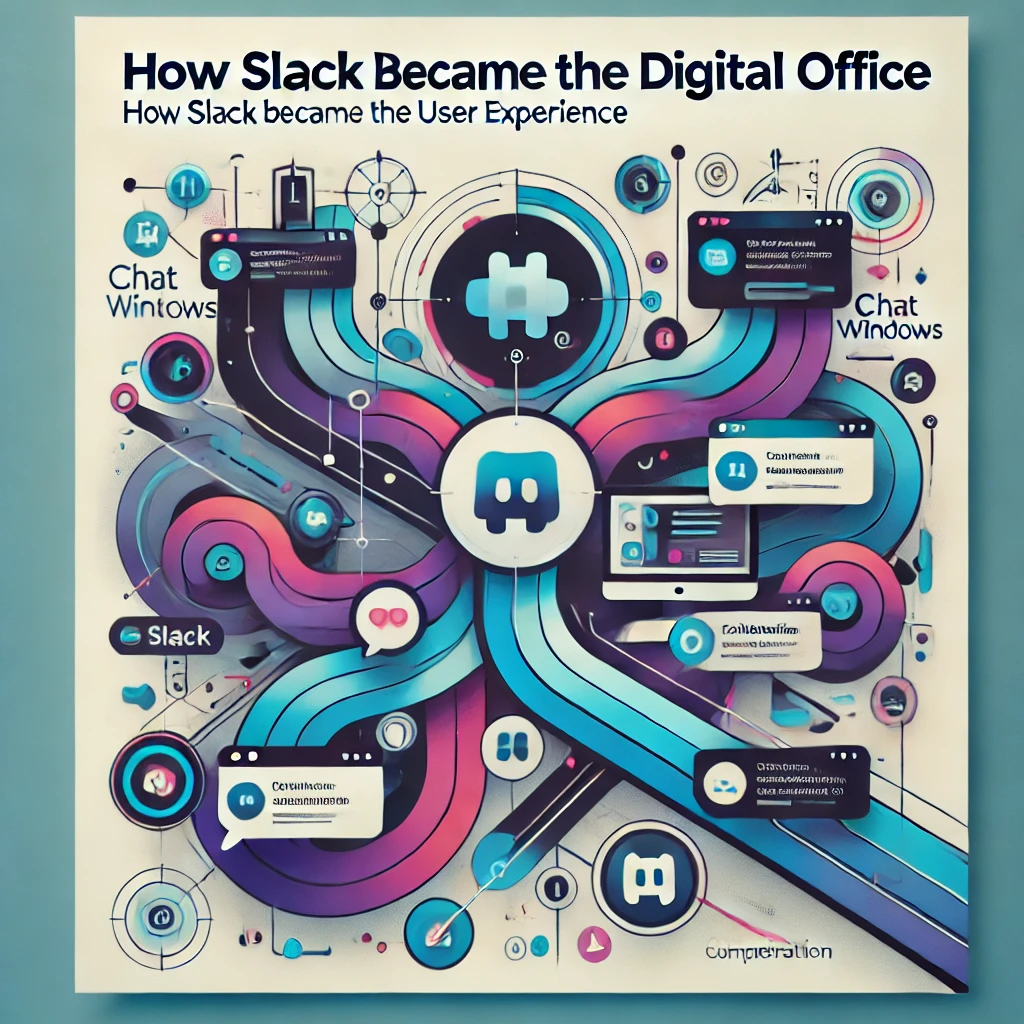Slack's Journey to Becoming the Digital Office
Slack didn't just become a powerhouse by accident. It transformed the way we work by focusing on something many companies overlook: user experience.
For startup founders, there are valuable lessons here. This blog will dive into actionable strategies for creating a digital office that your users love.
The Problem Slack Solved
Back in 2013, workplace communication was fragmented. Email, messaging apps, and file-sharing platforms were all over the place.
Slack saw an opportunity: a single digital office where teams could communicate, collaborate, and access information in one place.
By focusing on seamless integration and intuitive design, Slack made team communication effortless.
The result? Over 12 million daily active users, and a market cap that’s made investors sit up and take notice.
Key Takeaway: Solve Real Pain Points
Slack didn’t try to reinvent the wheel. They refined it.
As a startup, your focus should be on identifying specific pain points in your market and solving them better than anyone else.
Conduct user research, understand their problems, and build a solution around that.
Design Thinking: More Than Just Good Looks
Slack’s success isn’t just about functionality; it’s about aesthetics and ease of use. Every design decision—colors, fonts, icon placement—was made with the user in mind.
They used design thinking to make the experience as frictionless as possible.
Good design is more than just aesthetics. It’s about solving problems elegantly.
Slack minimized the cognitive load on users by creating an intuitive interface that made it easy to find conversations, access files, and collaborate.
Key Takeaway: Prioritize User Experience (UX)
For your startup, a polished UX can be a game-changer. Invest in user testing and iterate based on feedback.
Use design thinking principles to build an interface that is not just functional but delightful to use.
Building a Community, Not Just a Product
Slack didn’t stop at creating a great tool; they built a community. Through Slack user groups, forums, and active social media engagement, they turned their users into brand advocates.
The result? A loyal, engaged customer base that spreads the word.
Community-building fosters brand loyalty and reduces churn. Engaged users are more likely to stick around and become evangelists for your product.
Key Takeaway: Engage Your Users
Don’t just focus on acquiring users; build a community around your product. Create forums, host webinars, and actively engage with your users on social media.
Make them feel like they’re part of your journey.
Integration Is Key
One of Slack’s strongest selling points is its integration capabilities. From Google Drive to Asana, Slack integrates seamlessly with over 2,000 apps.
This made it the go-to platform for teams looking for a central hub for all their tools.
Integrations reduce friction and increase adoption. Users don’t want to switch between multiple apps. They want everything in one place.
By enabling seamless integrations, Slack made itself indispensable.
Key Takeaway: Create an Ecosystem
For startups, think beyond your product. How can it integrate with other tools your target market is already using? Building an ecosystem around your product increases its value and stickiness.
Iterate, Iterate, Iterate
Slack didn’t launch with a perfect product. They started with a basic version, collected feedback, and kept improving.
This iterative approach allowed them to evolve based on real user needs, rather than assumptions.
Startups often fall into the trap of wanting to launch with a “perfect” product. But perfect is the enemy of progress.
Get your product out there, gather feedback, and iterate. It’s a continuous cycle of improvement that will help you stay relevant.
Key Takeaway: Embrace Agile Development
Don’t wait to perfect your product. Launch, learn, and iterate. Use agile methodologies to keep your development cycles short and flexible.
This will allow you to adapt to user feedback and changing market conditions.
Data-Driven Decisions
Slack uses data to inform every decision, from feature development to marketing. They track user behavior to understand what’s working and what’s not.
This data-driven approach helps them prioritize and focus on what matters most to users.
By leveraging data, they ensure that they’re not just guessing but making informed decisions. This is crucial for startups with limited resources and time.
Key Takeaway: Be Data-Informed, Not Data-Blind
Use analytics tools to track user behavior and product performance. Identify key metrics that align with your business goals and make decisions based on insights, not assumptions.
Emotional Design: Making Work Fun
Slack added elements of fun to a typically mundane environment—work.
Custom emojis, playful notifications, and lighthearted copy turned a work tool into something people enjoyed using. This emotional design fostered a positive connection with users.
Don’t underestimate the power of delight. Adding small, enjoyable elements to your product can set you apart from competitors and create a memorable user experience.
Key Takeaway: Design for Emotion
Think about how you can incorporate elements of delight into your product. It could be as simple as a playful onboarding process or custom icons.
The goal is to create a product that users not only need but love to use.
Conclusion: Replicating Slack’s Success
Slack’s journey to becoming the digital office was paved with smart decisions, relentless focus on user experience, and a willingness to iterate.
As a startup, you can replicate these strategies: solve real pain points, prioritize UX, build a community, integrate seamlessly, and embrace agility.
The digital office is the future of work, and with the right approach, your startup could be at the forefront of this transformation.
Keep your users at the center of everything you do, and you’ll be well on your way to creating a product that stands out in a crowded market.










